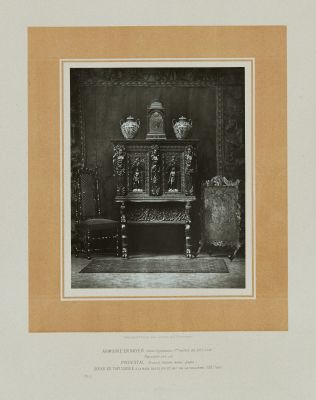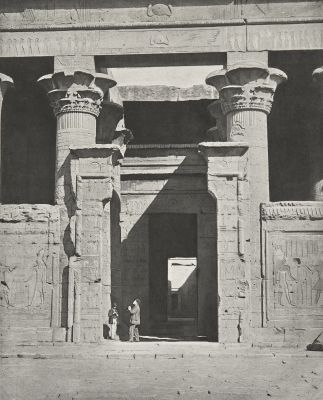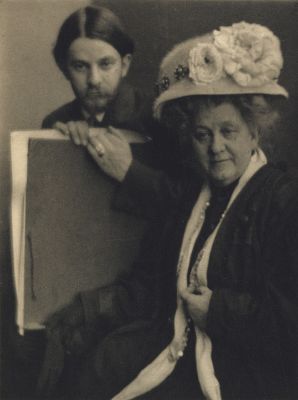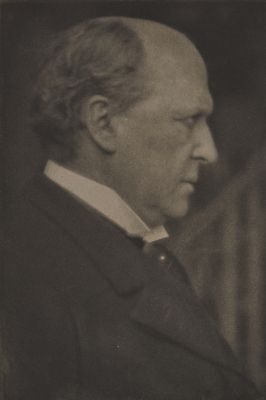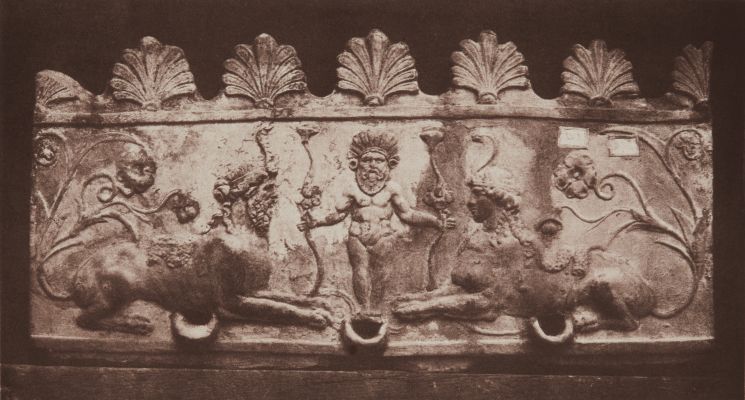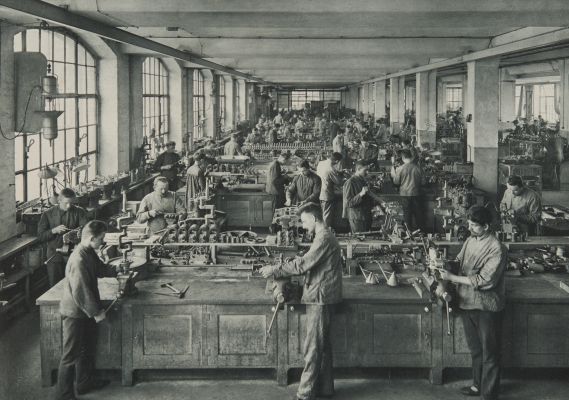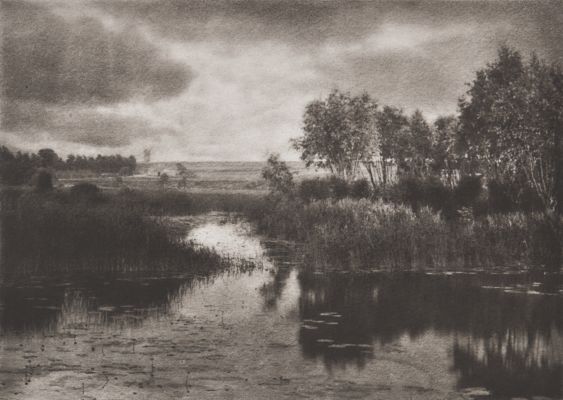
Title
La JusticeArtist
Delessert, François-Benjamin-Maria (French, 1817–1868)Publication
Notice sur la vie de Marc Antoine Raimondi, graveur Bolonais : accompagnée de reproductions photographiques de quelques unes de ses estampesDate
1853Process
Salt PrintImage Size
21 x 11.2 cmSheet Size
46.3 x 33.8 cm
Marcantonio Raimondi (c.1480–1534) was the first engraver to specialize in reproducing the work of great Renaissance painters, especially Raphael. His prints allowed images once confined to elite circles to circulate across Europe, establishing a tradition of art reproduction that would shape visual culture for centuries.
In the 19th century, two French pioneers revived Raimondi’s engravings through photography. Benjamin Delessert, working with Gustave Le Gray, used the salt-paper process to photograph Raimondi’s prints. These “fugitive” images mirrored the scale of the originals and brought Renaissance art into the hands of a wider public but the salt process was expensive, unreliable and many times inpermenent
Over a decade later, Édouard Baldus transformed reproduction with photogravure. His 1867 series after Raimondi combined photographic precision with the permanence of ink on paper, producing prints that were economical, faithful and enduring. Unlike Delessert’s fading salt-prints, Baldus’s photogravures could be widely distributed while preserving the artistic nuance of the original.
Together, Raimondi’s engravings, Delessert’s early photographs, and Baldus’s photogravures reveal the evolving quest to disseminate art. From manual engraving to experimental photography to the permanence of photogravure, these works chart the path by which thorough photogravure, images became accessible, affordable, and lasting—reshaping how society encountered art in the second half of the 19th century.
